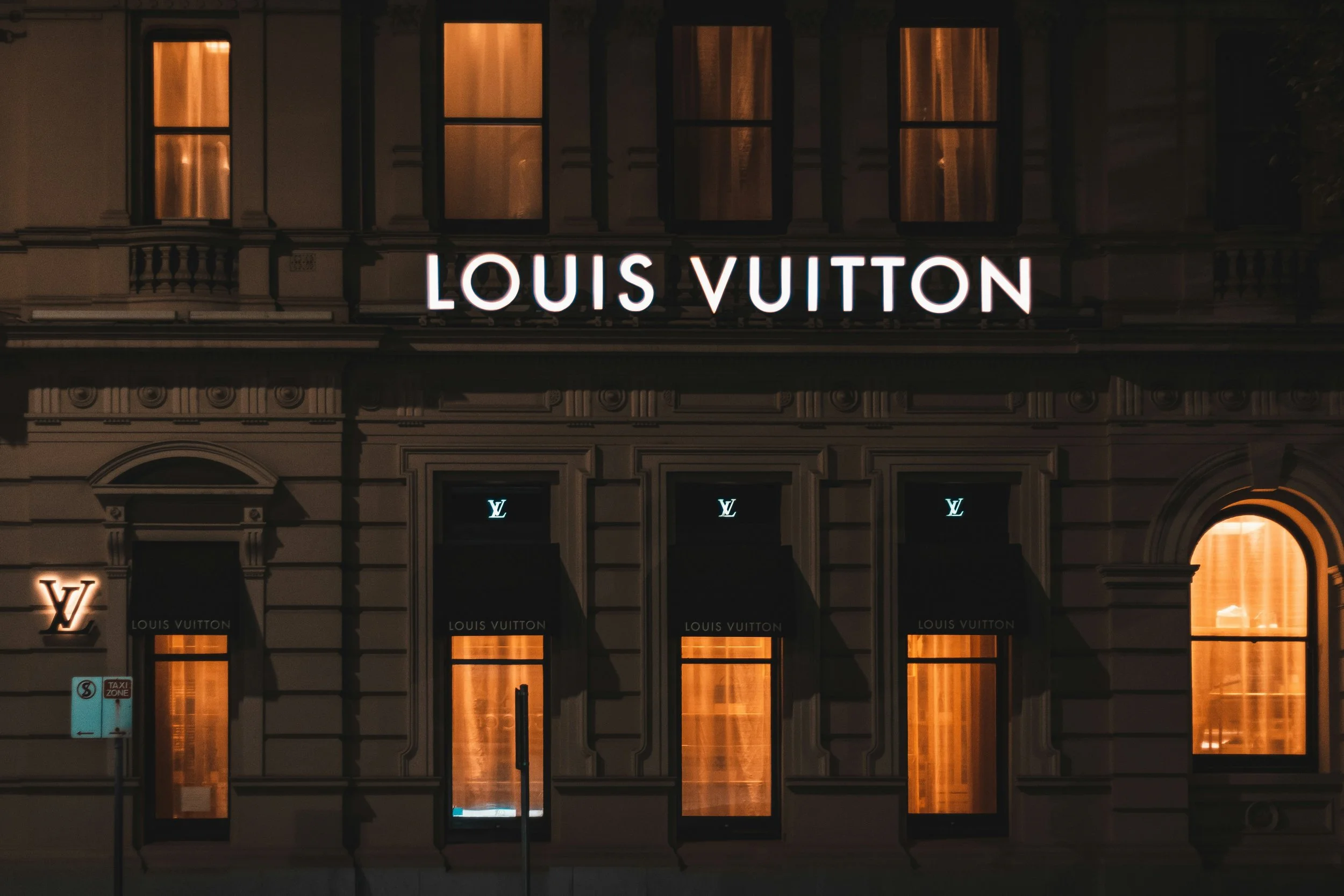Wrapping Up "The State of Fashion 2024" - A Quantitative Perspective
Welcome to the final section of our deep dive into "The State of Fashion 2024". In this segment, we'll analyze the McKinsey Global Fashion Index, focusing on the resilience and dynamics of the fashion industry through a more quantitative lens.
The Resilience of the Luxury Segment
2022 showcased the remarkable resilience of the fashion industry, particularly the luxury segment. Despite macro challenges, the industry maintained its economic profit (EP) close to the high levels of 2021. The luxury segment, in particular, propelled this growth, with about 98% of its total economic profit generated by the four largest players. This indicates a continued polarization in the industry, with the top players increasingly dominating.
Economic Profit and Margins
The industry’s EP index hit 203 at the end of 2022, slightly lower than the record set in 2021.
The average adjusted EBITA margins stood at almost 12%, slightly ahead of the 11% long-term average.
The luxury segment alone quadrupled its long-term average from 2010-2018, reaching new heights in EP.
Super Winners
2022 saw LVMH rise to the number one spot among Super Winners, followed by Nike. This shift underscores the importance of the luxury segment in the global value pool. However, it’s interesting to note that the Super Winners contributed 18 times more EP than the average fashion company, suggesting that success isn’t solely tied to company size but also to effective margin management.
Louis Vuitton Store. Courtesy of Unsplash
Inventory Challenges
Inventory value-to-revenue levels rose above pre-pandemic averages in 2022, especially for non-luxury players.
Luxury segments managed to scale back inventories effectively post-pandemic, but other segments like sportswear and mid-market faced inventory bloat due to unpredictable consumer demand.
Looking Ahead
As we move into 2024 and beyond, the industry faces a mixed outlook. While luxury continues to be resilient, there’s a possibility of further performance deterioration among other segments. The industry’s ability to maintain margins will be crucial, especially as it navigates through economic uncertainties and a potentially fragile recovery.
Reflection: Navigating Through Numbers
Analyzing these quantitative insights offers a clear picture of the fashion industry's resilience and the challenges it faces. The luxury segment's dominance, the critical role of inventory management, and the polarized nature of economic profit distribution are key themes for future strategizing. This data-driven perspective is invaluable for industry leaders as they navigate through uncertain times and seek to balance resilience with innovation and ethical practices.
Closing Thoughts: As we wrap up our exploration of "The State of Fashion 2024", the numbers speak volumes about the industry's current state and future potential. Understanding these dynamics will be essential for brands and retailers to adapt, innovate, and thrive in an increasingly competitive and unpredictable market.
Insight: This blog post is based on the findings from "The State of Fashion 2024" by The Business of Fashion and McKinsey & Company. It reflects the anticipated trends and consumer shifts in the fashion industry

